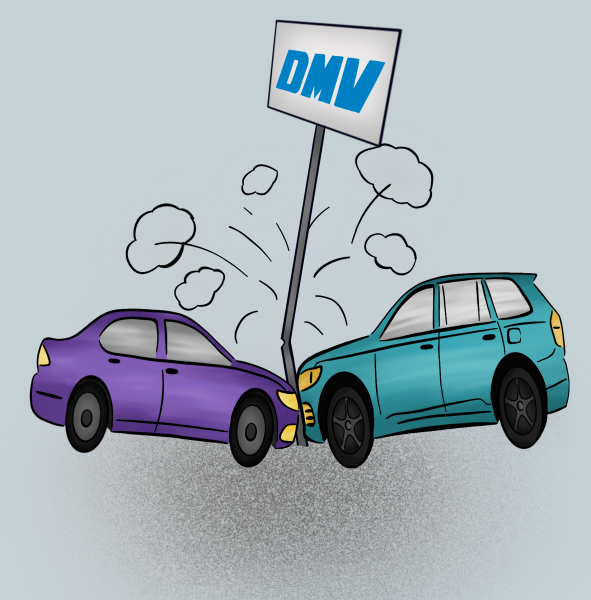Testing Taken Too Seriously
May 24, 2017
Psychologists believe there are 6 different types of intelligence: Logical, Social, Creative, Artistic, Mnemonic, and Active. With so many types of learning, how can one standard measure calculate them all?
It can’t.
That’s the issue I find with standardized tests. I understand that for things like legislation and funding, it’s important to have some kind of assessment. However, it becomes a problem when you use a flawed measuring device, one that fails to account for all forms of intelligence.
The current trend of standardized assessment isn’t the first attempt at assigning a number value to intelligence. The famous IQ test for instance, developed by Alfred Binet over 100 years ago, is still considered an accurate method of assessing cognitive ability. Interestingly enough, it was developed in response to the French government asking Binet to quantify the amount of students that need educational assistance, according to health and wellness media publication VeryWell.
Yet Binet himself stressed that his test had limitations, and believed intelligence was too broad to categorize and rank. Even though the inventor of the IQ test –and perhaps father of standardized tests himself– didn’t have faith in these methods, here we are 100 years later, still comparing one another’s scores.
What if artistic expression was the sole basis for determining intellectual aptitude? Obviously, those students with a mindset inclined to creativity would then be considered the “smartest”. If this sounds unfair to you, then consider how these same students feel when they receive a failing grade on the California Achievement Test for not understanding their Algebra or English well enough, though they can draw the Mona Lisa.
Legislators still praise standardized tests as “objective” measurements of student and school success. Politicians love these tests so much, they assigned over 140 million of them to elementary and middle school students in 1998, according to the Public Broadcasting Service (PBS).
However, Stanford University statistician David Rogosa calculated that if the average 4th grader took the Stanford Nine test twice, a popular standard test, they would have a 43% chance of scoring over 10 percentile points apart on each of them, reported PBS.
This range suggests that standardized testing does not, in fact, provide the data necessary to judge schools fairly.
I know it might seem nice to take a cheap IQ test online and then boast to friends about you higher than average score. However, it is not an objective assessment; it’s subjective.
The SAT has been changed 6 times since it was introduced in 1926. The ACT has implemented 4 new changes from 2014-2015. All of these so-called standards have been revised and changed over the years because as time goes on, our view of what students should know evolves. This is proof that there cannot be one test that decides once and for all whether you have learned what you need to know. Another obvious issue is that what was important in 1926 isn’t the same as what you need to know today. The skills and the knowledge for success is always changing as society changes.
Rather than heighten anxiety and crush self-esteem with these inaccurate attempts at ranking student intelligence within a narrow set of standards, education should place its focus on broad-based instruction, and on the celebration of student innovation and creativity across a wide range of disciplines.



